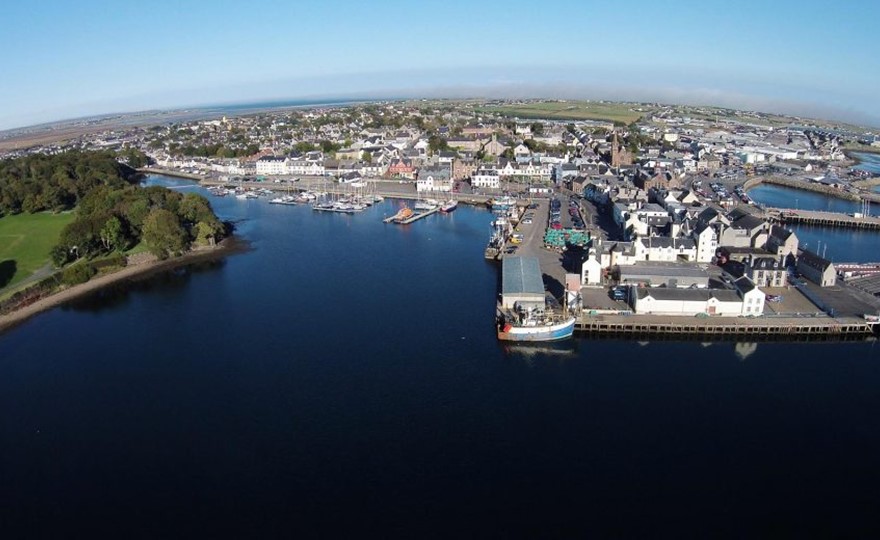This site uses cookies and other tracking technologies to assist with navigation and your ability to provide feedback, analyse your use of our products and services, assist with our promotional and marketing efforts and provide content from third parties. Cookie policy
New tests will help steer Stornoway Deep Water Port project
New tests starting at Stornoway harbour today will provide a more detailed guide to the design of a planned deep-water port which will bring significant economic benefits to the islands. Stornoway Port Authority has agreed the further investment to provide additional information, manage risk and ultimately make savings on the overall budget.

A series of geotechnical boreholes were drilled into the seabed in 2017 to determine the depth of rock and the soft material above it as part of plans to create the deep-water facility. The boreholes revealed an extremely complex geological sequence with very little consistency.
While the tests provided sufficient information for the design of the dredge, finger pier and linkspan structures, they also confirmed that further data was needed in the area of the quay wall.
A smaller number of new boreholes is now being drilled to allow detailed analysis of the arrangement of seabed strata in the quay area, as well as specialist sampling and testing to establish the properties of these materials.
The results are expected to provide a more definitive guide for the design and construction of the quay wall, which will help reduce future costs.
The work will be completed in five weeks after which the boreholes will be sealed.
A deep-water port is a crucial part of Stornoway Port Authority’s ambitious 20-year masterplan. The facility will help accelerate growth in the cruise business, by providing a berth for larger ships, provide improved berthing and servicing for oil and renewables projects as well as a new linkspan/freight ferry berth.
It will also provide bulk cargo handling and storage facilities, and enable the relocation of oil terminal and storage tanks out of the centre of Stornoway.
It is estimated the cruise sector alone could generate significant additional income by creating berthing facilities for larger vessels that cannot currently berth alongside.
SPA chief executive Alex MacLeod said: “The complex nature of the geology means we need to undertake these new tests. The information we have from the initial investigation could not have been foreseen at the beginning of the exercise.
“This is prudent risk management by the port. It will provide assurance we have the best technical data available, which will reduce the need for further design development. Ultimately, we are investing now to save money on this project that is so vital for the islands.”